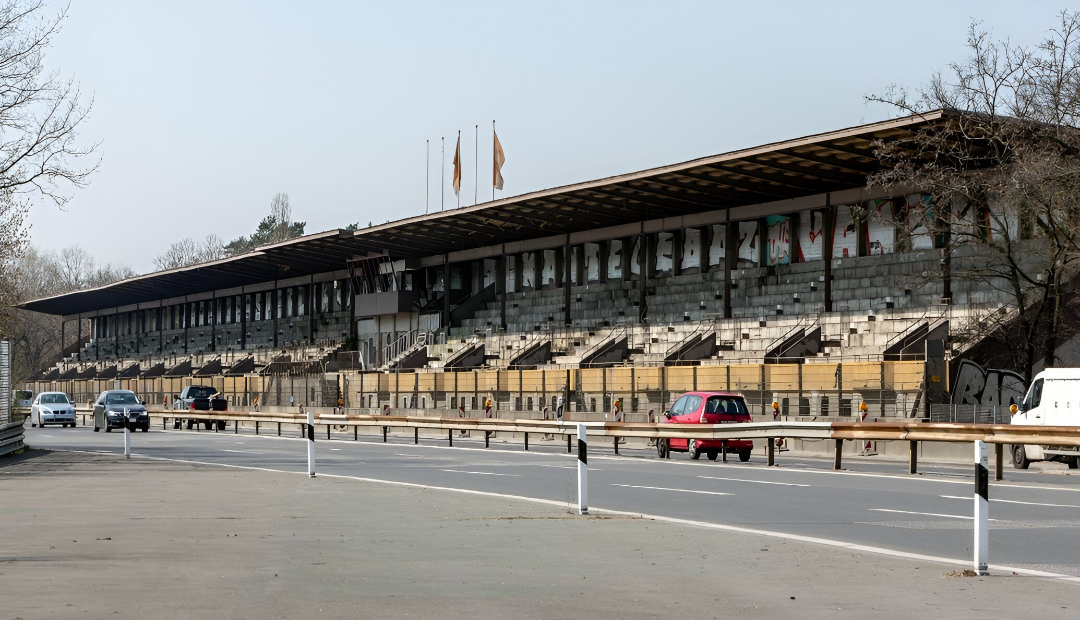In recent decades, urban transportation has seen an incredible acceleration, making travel much more convenient, even between places that were once considered impossibly far apart.
Just a century ago, such urban mobility would have seemed like science fiction.
Highways have transformed not only road transport, but also human life: here are some of the most iconic examples that made history.
1. Buenos Aires “Northern Access” Highway
The Buenos Aires “Northern Access” Highway, stretching approximately 120 km, connects the city to its northern satellite towns, significantly improving urban transport. The project includes the redevelopment of major arteries such as Avenida General Paz and Avenida Panamericana, with large green areas integrated along the route.
Webuild played a key role in the development of this strategic highway road, focusing on modern and sustainable solutions to ease traffic and enhance quality of life in the metropolis.
2. Autostrada dei Laghi
Inaugurated in 1924, the A8 Milano–Varese Highway, in the North of Italy, was Italy’s first highway road designed exclusively for automobile traffic.
Built in just 15 months, it connected Milan to Northern Italy’s cities via a 42 km route with no intersections and a variable toll system. Originally featuring a single lane in each direction, it was later expanded to accommodate growing traffic volumes, becoming one of the country’s main road arteries.
3. Autostrada del Sole
Inaugurated in 1964, the Autostrada del Sole stretches for around 760 km, connecting Milan to Naples. It is the longest Italian highway road.
Built in just eight years, it revolutionized connections between the North of Italy and the South, overcoming major engineering challenges along the way. Webuild played a key role in the construction of several sections, leveraging its technical expertise to contribute to this landmark infrastructure, a symbol of national development and unity.
4. Long Island Motor Parkway
Inaugurated in 1908, the Long Island Motor Parkway was the first highway designed exclusively for automobiles, stretching about 45 miles (72 km) from Queens to Lake Ronkonkoma.
Built by William K. Vanderbilt II, this highway road featured innovations such as banked curves, bridges and limited access, anticipating the design of modern highways. Originally used for car races, it later became a connection route for New York’s wealthy residents.
The Long Island road was never profitable and closed in 1938, but parts of it are still visible today as bike paths or integrated into other roadways.
5. Automobil Verkehrs und Übungs-Straße (AVUS)
The AVUS, inaugurated in 1921 in the southern outskirts of Berlin, was the first highway designed and opened to traffic in Germany. With a length of about 8.3 km, the AVUS featured innovations such as parabolic curves, overpasses and bridges to eliminate intersections with regular roads.
From 1921 until 1998, the road was also used as a motor racing circuit (the AVUS Circuit), hosting internationally significant events. Today, the AVUS is part of the A 115 motorway, continuing to represent a symbol of German road engineering.




